Off-trade beer and lager shares will increase by 20 percentage points within a decade, a leading brewer has predicted, as consumers turn away from pubs to drink in the comfort of their own homes.
Sales in the off-trade are now almost 50/50, but Molson Coors CEO Mark Hunter said the off-trade would account for 70% by 2018 in a marked acceleration in home consumption.
A gradual shift from on-trade to off-trade in the past 30 to 40 years would be replaced by a step change in consumer behaviour, forcing brewers to review operations. "The switch has big implications on everything: brewing, packaging, cost and infrastructure," said Hunter.
Molson was working with big retailers to improve shopper engagement and reshape the category, he added. "Retailers are concerned they have a major category not generating enough value," said Hunter. "The industry has got itself to a position where the [standard] industry promotional mechanic of beer and other alcohol with 'two-fors' or 'three-fors' [resulted in] no distinctiveness, no competitive advantage and quite a lot of value destruction."
Hunter cited ONS figures that showed retailers are investing more of their margin to offer competitive prices for consumers. In 1983, beer was more expensive in the off-trade but this has since been reversed.
Pricing in the on-trade has consistently increased ahead of RPI and hit £2.45 in 2009. Retail price per pint off-trade, meanwhile, has remained flat since 1997/1998 at about 99p. "There's been a dramatic shift at a time when there has been enormous cost inflation and a significant number of duty increases," said Hunter.
The British Beer & Pub Association said its members had suffered at the hands of a disproportionate amount of government intervention, including the smoking ban, as well as a boom in leisure options and home entertainment, and the recession.
Sales in the off-trade are now almost 50/50, but Molson Coors CEO Mark Hunter said the off-trade would account for 70% by 2018 in a marked acceleration in home consumption.
A gradual shift from on-trade to off-trade in the past 30 to 40 years would be replaced by a step change in consumer behaviour, forcing brewers to review operations. "The switch has big implications on everything: brewing, packaging, cost and infrastructure," said Hunter.
Molson was working with big retailers to improve shopper engagement and reshape the category, he added. "Retailers are concerned they have a major category not generating enough value," said Hunter. "The industry has got itself to a position where the [standard] industry promotional mechanic of beer and other alcohol with 'two-fors' or 'three-fors' [resulted in] no distinctiveness, no competitive advantage and quite a lot of value destruction."
Hunter cited ONS figures that showed retailers are investing more of their margin to offer competitive prices for consumers. In 1983, beer was more expensive in the off-trade but this has since been reversed.
Pricing in the on-trade has consistently increased ahead of RPI and hit £2.45 in 2009. Retail price per pint off-trade, meanwhile, has remained flat since 1997/1998 at about 99p. "There's been a dramatic shift at a time when there has been enormous cost inflation and a significant number of duty increases," said Hunter.
The British Beer & Pub Association said its members had suffered at the hands of a disproportionate amount of government intervention, including the smoking ban, as well as a boom in leisure options and home entertainment, and the recession.


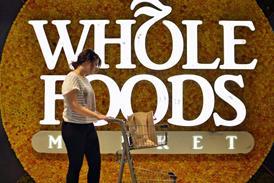


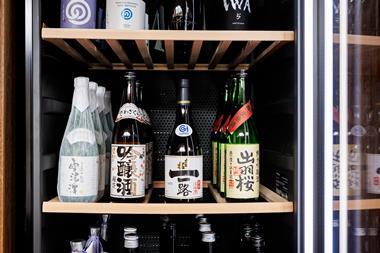
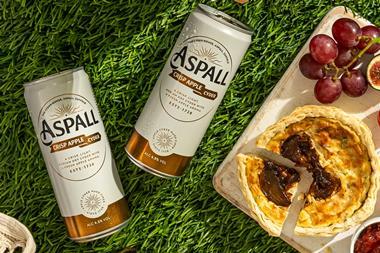
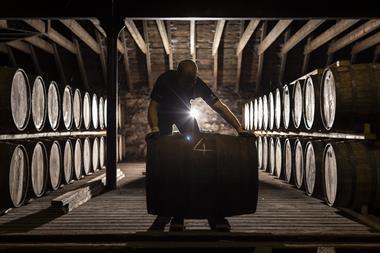
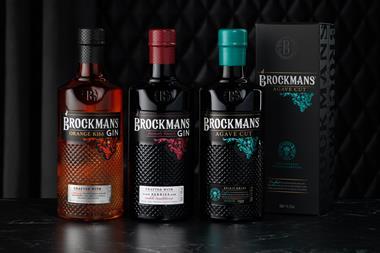
No comments yet